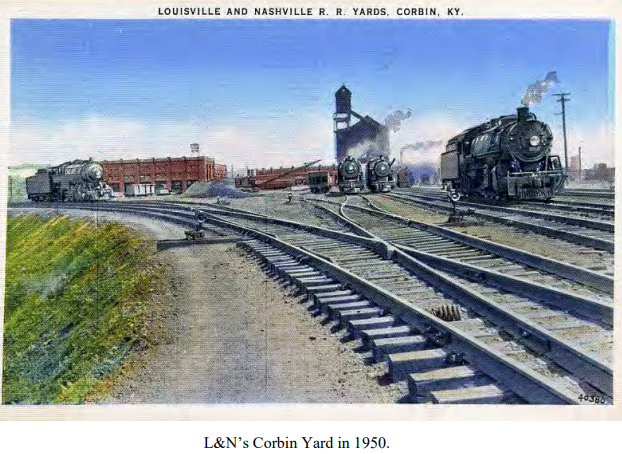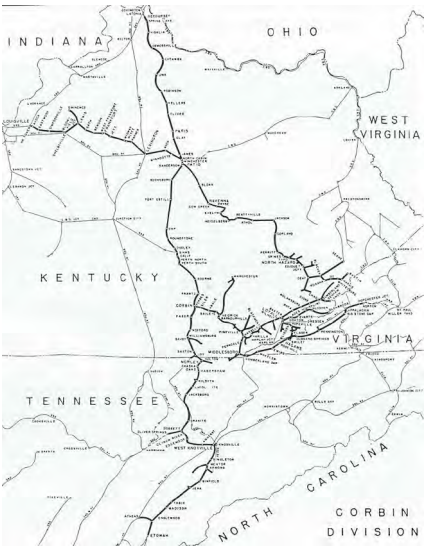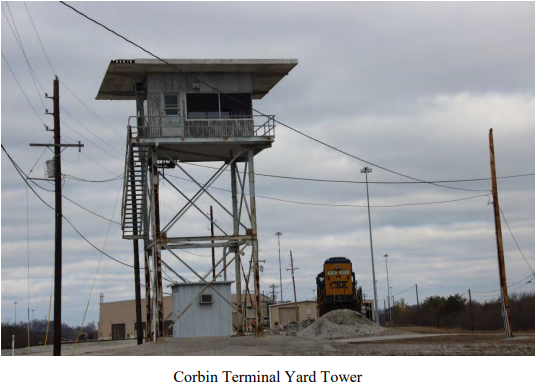The Buffalo History Museum posted two photos with the comment:
Buffalo's waterfront: then and now.The first image, shared from our collection, shows the lake freighter Golden Hind passing the Agway-GLF grain elevator in the summer of 1954.The present-day image, captured by Joe Cascio, depicts a tiki boat tour, kayakers, and other watercraft passing by Buffalo Riverworks.Browse for other historic photos of Buffalo in our picture store, found at https://buffalohistory.smugmug.com/!
Buffalo Area Transportation, Industry, Architecture & Defense shared
 |
| 1 |
 |
| 2 |
 |
| James Cavanaugh Photography posted From my Archive. A 2012 view of an industrial site along the Buffalo River that was developed in the popular RiverWorks entertainment complex. Jim Cavanaugh shared Ron Held: So much skepticism about that project as well as some pushback from nearby businesses. Turned out well with a thinking out of the box approach. Not enough of that in our town. Jim Cavanaugh: Ron Held it was a big risk. But the owner’s foresight payed off. Big risk, big reward! |
The Buffalo History Gazette posted ten photos with the comment:
The Wheeler ElevatorThe Wheeler Elevator was located on the Buffalo River just south of the Michigan Ave. lift bridge. It was the original elevator built on this site, later years two more were added. The Wheeler was completed in 1909 by Monarch Engineering for A.J. Wheeler of the Wheeler Elevator Co. It was built to replace an earlier wooden one which had recently burned down. This was one of the earliest re-enforced concrete elevators constructed in Buffalo, and is unique in that all the bins were open at the top. This is a carry over in design from the wooden elevators. The marine tower was stationary much like the early wooden structures. The open bins were a greater safety hazard from the possibility of grain dust explosions but was probably done as an economy measure where as the bins could be over filled, giving the elevator greater storage capacity.The bins themselves were built in 20 days, making four feet vertically each day illustrating the quickness and efficiency of the "slip form" method of construction. It had a capacity of 700,000 bushels divided into 33 bins of various sizes. The original marine leg could handle 18,000 bushels per hour which was gradually increased over the years until in 1955 a leg was installed by the local Baxter Engineering Co. that was rated at an amazing 50,000 bushels per hour, the greatest of all Buffalo elevators.In later years the Wheeler operated as part of a larger animal feed complex run by GLF and later Agway. Animal feed operations ended in the late 1970’s. For a number of years after it was used as a boat storage facilities. It was torn down in 2011.
Brian R. Wroblewski shared with the comment: "That newer [1955] 50k leg made the GLF the fastest house in Buffalo."
 |
| 2 |
 |
| 3 |
 |
| 4 |
 |
| 5 |
 |
| 6 |
 |
| 8 The historic Wheeler Elevator in it's last days in 2011. |
 |
| 9 View of the Great Northern Elevator from the top of the east tower of Agway "A" of the adjacent elevator to the Wheeler. |
 |
| 10 View north showing the rest of the feed mill complex. |







































